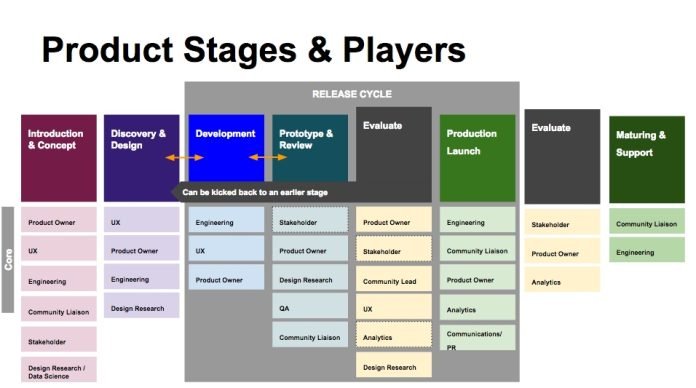Last Updated on November 24, 2022 by
Creating a new product is no easy task. It requires a lot of hard work, dedication, and planning. There are many steps involved in the product development life cycle, and if you want to be successful, you need to know what they are and how to navigate them.
In this blog post, we will discuss each step of the product development life cycle and provide tips on making the process as smooth as possible.
Table of Contents
Initial Planning and Wireframing
In the first phase of the product development life cycle, you need to establish what your goals are and what you want to achieve with your product. This is where you will also create wireframes, which are basically blueprinted versions of your product.
Creating a detailed plan and wireframes will help make the rest of the process much smoother and ensure everyone involved is on the same page.
Creating a detailed plan and wireframes will help make the rest of the process much smoother and will ensure that everyone involved is on the same page. The next step is to start working on your product’s design.
This is also the phase where you figure out what type of features your product needs to have, based on what the user is expecting and what you want to achieve with your product. To successfully execute this, click here to learn more about outcome-driven innovation process.
Design Development
The design phase is where you finalize what your product will look like and how it will function. This is an important step because it’s what the user will interact with.
Your product’s design needs to be intuitive and easy to use, while also being visually appealing. Keep in mind that your design should also be able to accommodate any future changes or additions you may want to make down the line.
Prototyping
After the design is complete, it’s time to start prototyping. A prototype is essentially a working version of your product that allows you to test its functionality and get feedback from users.
Creating a high-quality prototype that accurately represents your final product is critical. If you can’t do this yourself, there are plenty of companies that specialize in prototyping and can help you out.
User Testing
Once you have a prototype, it’s time to start user testing. This is where you give your product to real users and see how they interact with it.
User testing is important because it allows you to find any issues with your product before it goes to market. It’s also a great way to get feedback from users and find out what they think of your product.
The user testing phase will either make or break your product. If you can’t get enough people to use your product and give you feedback, then it’s likely that your product won’t be successful.
In this case, you will need to go back to the drawing board and figure out what went wrong. However, if you are able to get user feedback and use it to improve your product, then you’re well on your way to success.
Launching Your Product
After all of the planning, designing, prototyping, and user testing is complete, it’s finally time to launch your product. This is when you make it available to the public and start selling it.
Launching your product is a big milestone, but it’s not the journey’s end. You need to continue monitoring your product and seeing how users interact with it.
You also need to be prepared to make changes and improvements as needed. The launch is just the beginning, so don’t get too complacent.
Final Thoughts
The product development life cycle is a long and complex process, but it’s one you must go through to create a successful product.
Following the tips in this blog post can make the process much smoother and increase your chances of success.
Read More: Ways to Create a Calming Sleep Environment For Your Child.



























